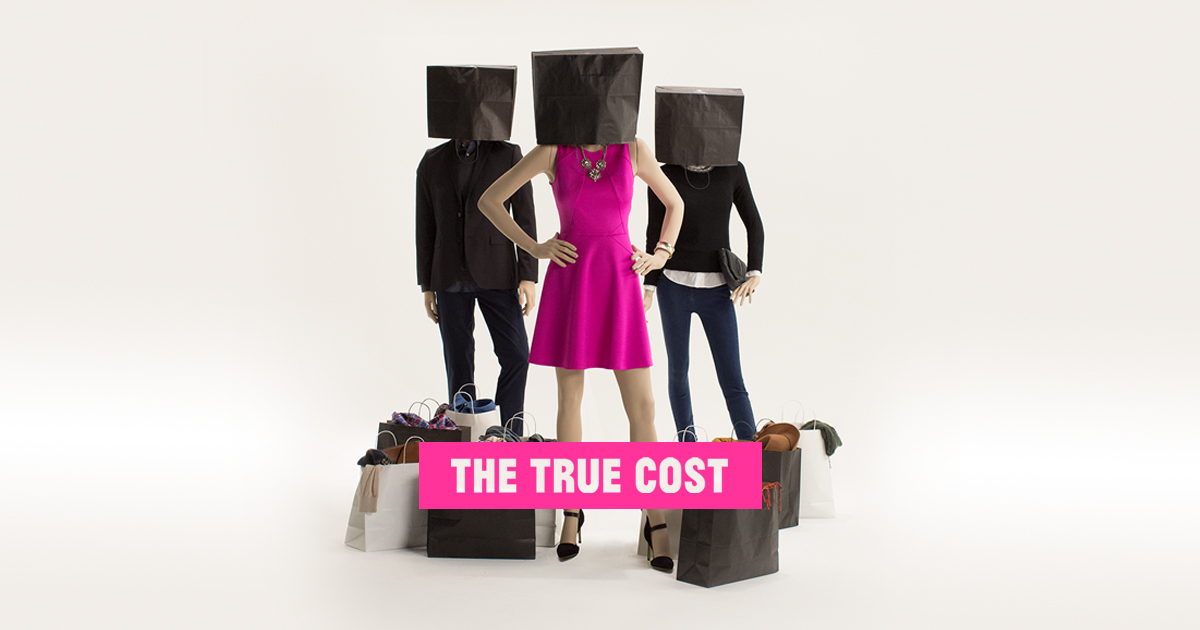“Lingerie doesn’t have to be serious. It should be fun and playful and empowering”
Sarah Shotton for Harpers Bazar, March 22 2018.
For my current project we were set the task to get to know some brands and to design a new scent product that would work well for them and create a story. I decided to do the independent lingerie brand named Isosceles Lingerie.
Isosceles Lingerie is an independent label that was founded in 2015 by Cicely Travers. The lingerie designs fit the name well, the bright coloured designs fitting the body in ‘artistic geometry’ which is very visible through the tulle stretch fabric. Every layer can be see and they all flatter the form incredibly well. The colours are extremely bright, reminiscent of the 80’s fluorescents which stand out so much from the muted colours we normally see in collections.
"Think Miami, electric lights and punchy, brain-searing shades. For such seemingly simple pieces of fabric to include and evoke such references is rare."
Tiah Eckhardt for Live Fast Mag, 9/5/16
Cicely highlights the importance of her fabric choices, choosing easy to clean, sexy yet still comfortable underwear. The thought that goes in to each fabric choice makes it ideal for daily use, it its comfortable against the user for long periods of time whilst being easy to clean ensures it can be worn whenever.
References:
1. Eckhardt, T. (2018). Lingerie Guide: Isosceles. [online] Live FAST Magazine - The Best of Fashion, Art, Sex and Travel. Available at: http://livefastmag.com/2016/05/lingerie-guide-isosceles/ [Accessed 26 May 2018].
2. http://vanjonssondesign.com/technical-advice/2016/4/4/interview-with-the-lingerie-brand-isosceles
3. Eckhardt, T. (2018). Lingerie Guide: Isosceles. [online] Live FAST Magazine - The Best of Fashion, Art, Sex and Travel. Available at: http://livefastmag.com/2016/05/lingerie-guide-isosceles/ [Accessed 26 May 2018].










































